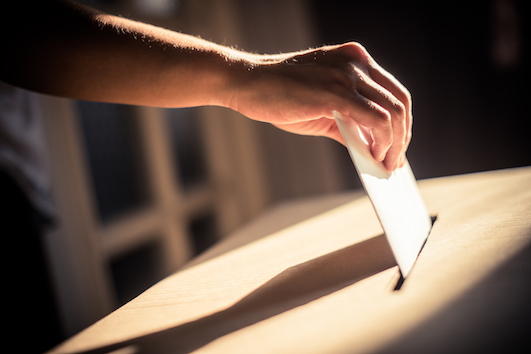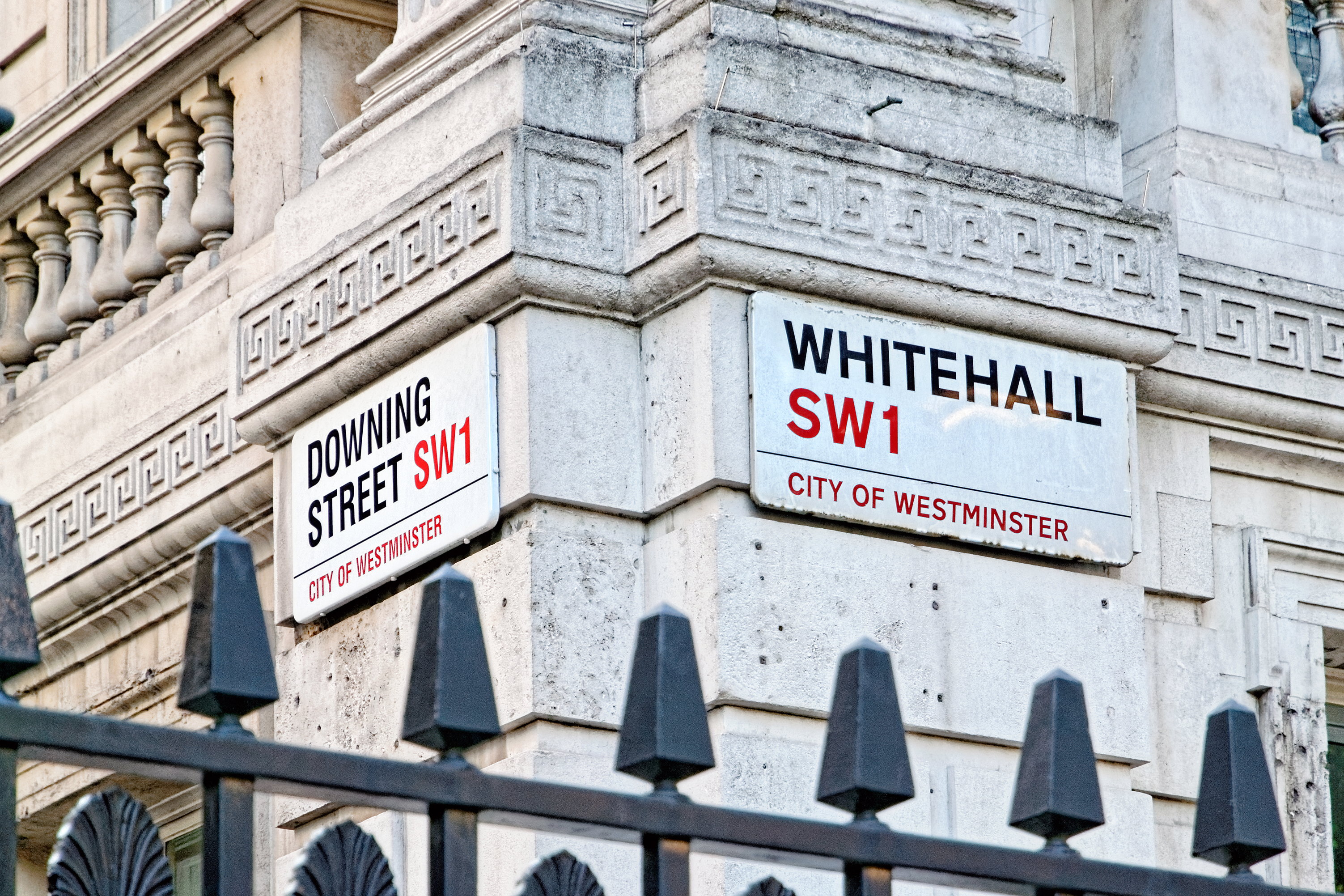In 2021, there were some 810 hereditary peers in the United Kingdom. These included some 30 Dukes (including a number of royal dukes), 34 Marquesses, 191 Earls, 112 Viscounts, and 443 Barons.
The 1999 House of Lords Act restricted the rights of hereditary peers to sit in the House of Lords, by right of their birth. Instead it allowed 92 hereditary peers to sit in the House of Lords.
In the Spring of 2021, there were no female hereditary peers sitting amongst the 92 hereditary peers in the House of Lords. The last female hereditary peer, the Countess of Mar, retired in 2020.
Since the 1999 change, vacancies to the allocated pool of 92 hereditary peers, that result from death, retirement, resignation or exclusion – are filled through a so-called by-election.
The replacement hereditary peers are chosen by the small party groups of current hereditary peers, from an official list of aristocrats. No female has won a by-election to a vacant Lords seat since 1999
In 2020, the Labour Peer, Lord Grocott put forward a bill to abolish these by-elections for hereditary peers, in a move which would in effect eventually have seen hereditary peers removed from the House of Lords.










